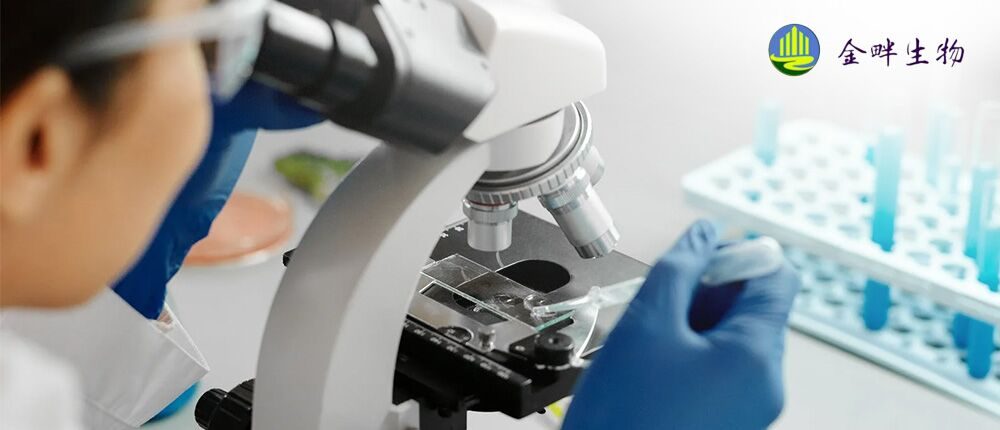Wako胶原酶系列产品
Wako胶原酶系列产品提取自溶组织梭状芽孢杆菌(Clostridium histolyticum),并根据不同的验证的功能应用和酶活分为Collagenase /I型/ V型/ X 型/已过滤/精制/无动物源成份等多类产品。能特异性地降解胞外胶原蛋白,使胶原蛋白和纤维粘连蛋白的网状结构解离,而不损坏细胞表面结构的完整性。广泛应用于各种组织(如肝脏、肺、心脏、胰脏兰式小岛、肌肉、骨、软骨、上皮组织、脂肪组织、胸腺、甲状腺、副甲状腺、肾上腺、唾液腺等)的组织剥离和单个细胞的分散,已过滤型胶原酶产品还能用于干细胞的细胞分散。应用其获得的细胞活性、细胞功能性、纯度、内毒素含量均经过严格的产品质量控制和验证。
Wako胶原酶系列产品 ◆产品信息
胶原酶产品信息:
外观:褐色結晶性粉末
活性:标签上标示
分子量:约110,000
最适pH:7~9
最适温度:37℃
精制型胶原酶产品信息:
外观:褐色結晶性粉末
活性:主要是胶原酶活性(标签上标示)
酪蛋白酶≤50 units/mg
梭菌蛋白酶≤2 units/mg
胰蛋白酶≤0.25 units/mg
最适pH:6.3~7.5
最适温度:37℃
◆产品列表
| 产品编号 | 产品名称 | 组织细胞应用 | 规格 |
| 031-17601 | Collagenase Type I
胶原酶,I 型 |
用于肝脏、肺、上皮组织、脂肪组织的细胞分散 | 100 mg |
| 035-17604 | 1 g | ||
| 037-17603 | 500 mg | ||
| 038-17851 | Collagenase Type V
胶原酶,V 型 |
用于胰脏的细胞分散 | 100 mg |
| 032-17854 | 1 g | ||
| 035-17861 | Collagenase Type X
胶原酶,X 型 |
用于骨、心脏、胸腺、唾液腺的细胞分散 | 100 mg |
| 031-17863 | 500 mg | ||
| 039-17864 | 1 g | ||
| 038-22361 | Collagenase
胶原酶 |
用于肝脏、副甲状腺、胰脏兰式小岛的细胞分散 | 100 mg |
| 034-22363 | 1 g | ||
| 032-22364 | 5 g | ||
| 031-22591 | Collagenase Type I, Filtered
胶原酶 I 型,已过滤 |
0.22μm薄膜过滤,用于干细胞、脂肪细胞、肾上腺的细胞分散 | 50 mg |
| 038-23961 | Collagenase Type X, Filtered
胶原酶 X 型,已过滤 |
0.22μm薄膜过滤,用于干细胞、骨、心脏、肌肉、甲状腺、软骨的细胞分散 | 50 mg |
| 035-24071 | Collagenase, Purified
胶原酶,精制 |
色谱法精制,用于胰脏和耳下腺的细胞分散 | 5000 units |
| 031-24073 | 25000 units | ||
| 036-23141 | Collagenase, recombinant, Animal-derived-free
重组胶原酶,无动物源成份 |
来源于短芽孢杆菌表达的霍利斯格里蒙菌 | 240000 units |













![1914531674618517.jpg anf[1]-cn.jpg](http://www.boppard.cn/upfiles/images/201601/1914531674618517.jpg)
![1914531675721869.jpg nezumi-1[1]-cn.jpg](http://www.boppard.cn/upfiles/images/201601/1914531675721869.jpg)




